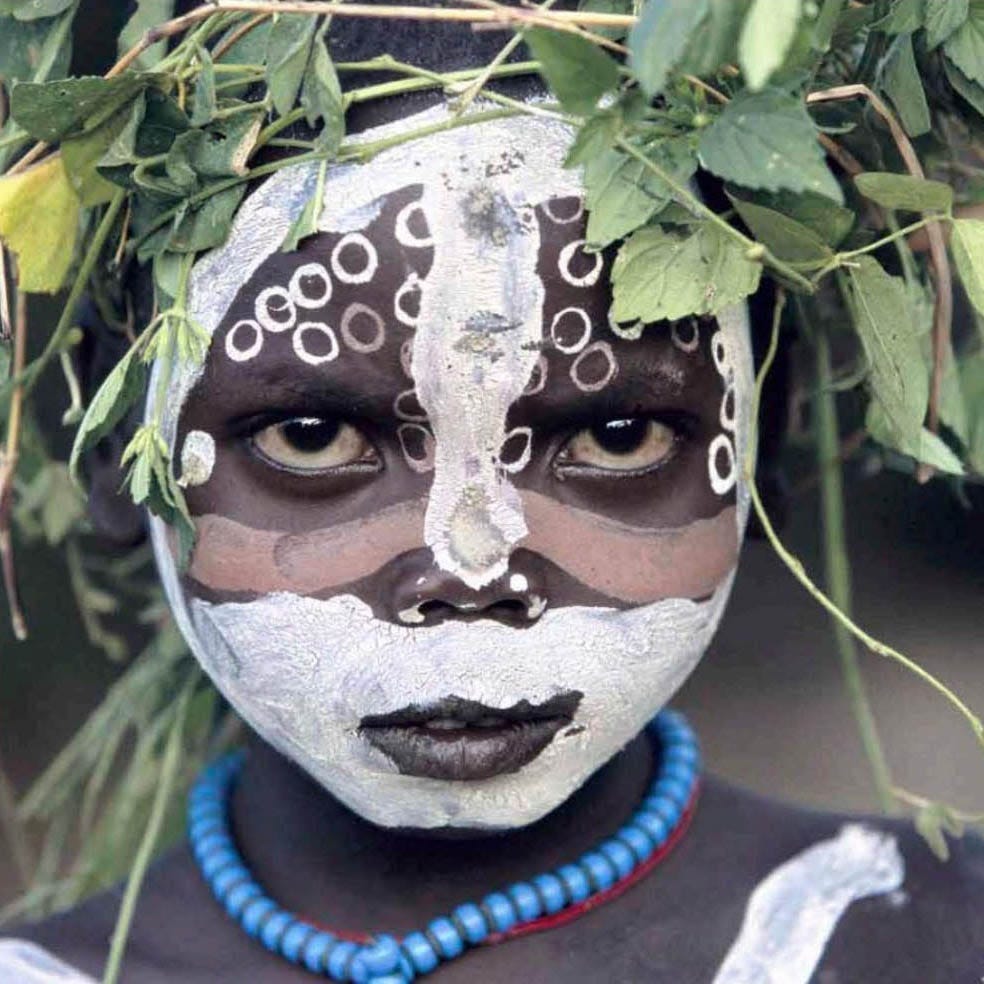H.narrator Update 38
Recent On Topic Posts:
Past Lives of Humans 4, Clovis expansion to Ubaid period
Of Possible Interest to Modern Humans
From H.narrator Home Page
AI Will Make You a Dumber Writer
Exploring Civilizational Overshoot and Modern Techno-Industrial Culture
Collapse: What Would Ugo Bardi Do?
Current Drafts of MS sections
[overview MS/Information package]:
Vol. I
0. Cover, Front/Back
1. Preface/Introduction to MS for Posterity
2. Human Significance in Time and Space
3. Life On Earth
4. The Evolution of Life on Earth
5. Our Biological Inheritance and the Biology of Slime Mold
6. Myopic Observers of Ourselves in a Linguistic Mirror
7. The Great Simplification Started About 75k Years Ago
8. What Is ‘Long Term’?
9. Marching on to Glory
10. The Trappings of Modernity
11. Simple Solutions That Ain’t
12. TEACHING METASTATIC SUPREMACY
13. Modern Human Expansionists
14. Metastatic Modernity
15. Really? And Then What?
16. In Review
17. Who Are We, Anyway?
18. So, What Can I Do?
19 The Last Fewer Words: A prescription
20 Epilogue
Vol. II
(elements of info/ideas in the online version (links/videos/parentheticals) will be removed in print version)
Quotes from the Dead Intro
Quotes From the Dead to 1800 CE
Quotes From the Dead 1800–1898 CE
Quotes From the Dead 1899—1941 CE
Quotes From the Dead 1942–Present
How Many Species Will Earth Lose to Climate Change?
Hominina Species
The Worldview of Zero-order Humanism
Ecolate Defined
Carrying Capacity
The Greatest Shortcoming of the Human Race Is Our Inability to Understand the Exponential Function
Carrying Capacity and Overshoot
Ruben Nelson Meta Challenge of the 21st Century
Music As Information Package
Food FYI
Agricultural Land and Human Carrying Capacity FYI
Environment, Power, and Society
Past Lives of Humans 1
Past Lives of Humans 2
Past Lives of Humans 3: Wadi Kubbaniya to Natufian culture
Past Lives of Humans 4, Clovis expansion to Ubaid period
Added:
To Past Lives of Humans 3 I added:
14,000–300 BCE (13,700 years, 15,950–2250 BP): Jōmon culture of Japan developed from a 20k year old hunter-gatherer culture of the first humans to settle the archipelago, an archaeological culture noted for developing pottery, permanent settlements based on rich marine resources, with extensive trade networks. After about 5000 BCE they developed into a low-intensity agrarian society that came to support a population of 200k as the millennia passed. After 300 BCE they were partially assimilated genetically by post-Bronze Age high-intensity rice paddy agrarians from Korea who became the dominant Yayoi culture. The Jōmon people lived as sedentary hunter-gatherer-gardeners, practicing plant foraging, fishing and hunting and limited farming, while manufacturing stone tools and pottery, the distinctive markings on the latter giving the culture their name. Jōmon ancestry forms a significant minority of the ancestry of modern Japanese people (12–18% of the DNA), and a majority of the ancestry of the indigenous Ainu people of Hokkaido. This was a 34k year old culture transitioning from expansionist r-selected culture to a people of place K-selected culture able to make complex society work and live within limits apart from having no ability to resist an aggressive expansionist people whose high-intensity rice paddy high-labor food production system supported a 20x higher population. They did not develop a written language and apart from artifacts are culturally extinct, so we can learn little from them apart from their example.
Readers are invited/encouraged to edit/correct/add to all on-topic content. If I have to do it all, I will, but my limitations will be posterity’s misfortune.
At the bottom of the home page is a ‘See all’ button that lists articles in chronological order, so if you scan down, see one you’ve read, then you’re caught up.
See all
The global cosmetics market size was estimated at USD $295.95 billion in 2023 and is expected to grow at a CAGR of 6.1% from 2024 to 2030. With enough degrowth, the market will be USD $0 again in the non-monetary gifting economy of enough.





